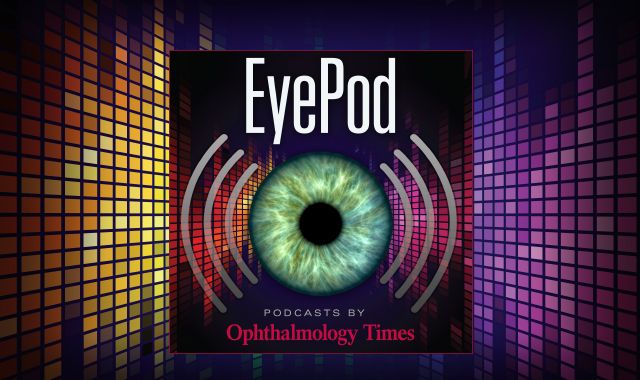News
Article
Clearside Biomedical presents new data from CLS-AX ODYSSEY phase 2b trial
Author(s):
Key Takeaways
- CLS-AX, a selective pan-VEGF TKI, is administered via suprachoroidal injection, showing promise in wet AMD treatment.
- Subgroup analyses informed the Phase 3 trial design, focusing on treatment-naïve patients and excluding those with non-disease-related visual acuity changes.
The 36-week trial was a randomized, double-masked, parallel-group, active-controlled, multicenter evaluating CLS-AX (axitinib injectable suspension) in participants with neovascular age-related macular degeneration.
(Image Credit: AdobeStock/Dni497 Studio)

Clearside Biomedical announced that 2 subgroup analyses were presented from its ODYSSEY Phase 2b clinical trial at the Angiogenesis, Exudation, and Degeneration 2025 meeting. The 36-week trial was a randomized, double-masked, parallel-group, active-controlled, multicenter evaluating CLS-AX (axitinib injectable suspension) in participants with neovascular age-related macular degeneration (wet AMD).
The presentation was hosted by Roger Goldberg from Bay Area Retinal Associates Medical Group. He reviewed data from the trial, including the 2 sub-group analyses that furthered the design of the planned CLS-AX Phase 3 clinical trial development program. Additionally, he described the differentiated combination of CLS-AX, a highly potent, selective pan-VEGF tyrosine kinase inhibitor (TKI), administered by suprachoroidal injection with Clearside Biomedical’s SCS Microinjector.
“The analyses presented at Angiogenesis highlight how CLS-AX can provide a durable treatment in wet AMD while maintaining visual acuity,” Victor Chong, chief medical officer and EVP, Head of Research and Development, said. “The subgroup data from our ODYSSEY Phase 2b trial provided us with key clinical insights that contributed to the design of our planned CLS-AX Phase 3 non-inferiority clinical trials. These results support our plan to enroll a general population of treatment-naïve participants and potentially reduce non-disease related variability in visual acuity at randomization to better ensure the CLS-AX Phase 3 data can be translated to real-world treatment practices.”
The first sub-group analysis backs enrolling treatment naïve patients in the planned CLS-AX Phase 3 program. It showed stabilization of the best corrected visual acuity (BCVA) and central subfield thickness (CST) in participants re-dosed with CLS-AX at week 24 who did not need aflibercept rescue or CLS-AX re-dosing before week 24. In the trial, 67% of those participants in the CLS-AX arm did not require aflibercept rescue or CLS-AX re-dosing for 6 months.
Meanwhile, the second sub-group analysis supports excluding participants before randomization in the Phase 3 trial who show significant non-disease-related changes in visual acuity. It removed visit data from participants who had a greater than 10-letter change in BCVA without a corresponding 50-micron change in CST from the previous visit. The analysis also provided evidence that excluding this group of potential participants could reduce BCVA variability unrelated to wet AMD activity.
Reference:
Clearside Biomedical Announces Additional Data from the CLS-AX ODYSSEY Phase 2b Trial Presented at the Angiogenesis, Exudation, and Degeneration 2025 Meeting. Clearside Biomedical. Accessed February 10, 2025. Clearside Biomedical Announces Additional Data from the CLS-AX ODYSSEY Phase 2b Trial Presented at the Angiogenesis, Exudation, and Degeneration 2025 Meeting | Clearside Biomedical, Inc.- IR Site
Newsletter
Don’t miss out—get Ophthalmology Times updates on the latest clinical advancements and expert interviews, straight to your inbox.




